If you're looking for a reliable recipe to make authentic Italian pickled vegetables at home, you've come to the right place. This guide provides exact measurements, step-by-step instructions, and pro tips to ensure your pickles are perfectly balanced, safe, and delicious every time. Follow these simple steps to create restaurant-quality vegetables that enhance any meal.
Essential Ingredients for Authentic Italian Pickled Vegetables
- White wine vinegar – 1 cup (5% acidity)
- Distilled water – 1 cup
- Kosher salt – 1 tablespoon
- Red pepper flakes – 1 teaspoon
- Fennel seeds – 1 teaspoon
- Garlic cloves – 4, peeled
- Black peppercorns – 1 teaspoon
- Bay leaves – 2
- Dried oregano – 1 teaspoon
- Extra-virgin olive oil – 2 tablespoons
Step-by-Step Pickling Process
- Prepare the brine: In a saucepan, combine vinegar, water, and salt. Bring to a simmer until salt dissolves. Add red pepper flakes, fennel seeds, peppercorns, and bay leaves. Simmer for 2 minutes, then remove from heat.
- Prepare vegetables: Slice cauliflower, carrots, bell peppers, and onions into even pieces. Steam for 1-2 minutes to soften slightly (ensures even brine absorption).
- Layer jars: Place garlic cloves, oregano, and additional spices between vegetable layers in sterilized jars. Fill jars to within 1/2 inch of the top.
- Pour brine: Carefully pour hot brine over vegetables, leaving 1/4 inch headspace. Add a drizzle of olive oil on top to seal.
- Seal and cool: Seal jars tightly and let cool to room temperature. Refrigerate for 24 hours before serving for best flavor.
| Variety | Flavor Profile | Texture |
|---|---|---|
| Cauliflower | Mildly sweet, absorbs flavors well | Crisp, firm when properly pickled |
| Bell Peppers | Earthy, slightly smoky | Soft but still meaty |
| Onions | Sharp, sweet after pickling | Translucent and tender |
| Carrots | Slightly sweet, crunchy | Firm and vibrant |
Proven Pickling Hacks You Need to Know
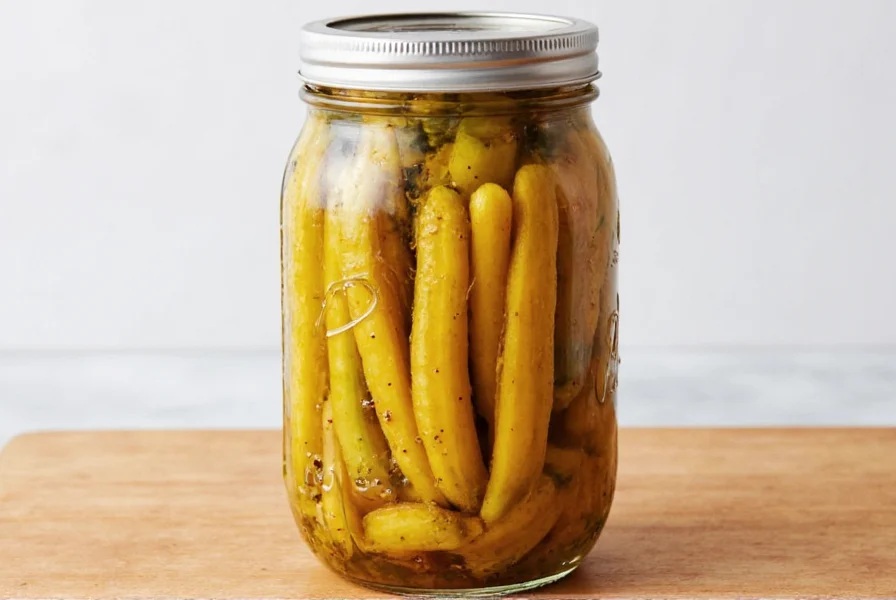
Hack #1: Steam-Vegetable Slicing for Even Pickling
Hard vegetables like carrots and cauliflower benefit from a quick steam before packing into jars. Just 1–2 minutes softens their texture so they soak up brine faster and evenly.
Hack #2: Layered Flavor Injection
Instead of tossing everything together, layer spices between vegetable slices in the jar. Garlic slices, red pepper flakes, and bay leaves placed every few layers ensure each bite is packed with flavor.
Hack #3: Cold Brine vs Hot Brine: When to Use Which
| Brine Type | Best For | Texture Result | Flavor Notes |
|---|---|---|---|
| Hot Brine | Root vegetables, sturdy greens | Softer, quicker absorption | Stronger spice penetration |
| Cold Brine | Delicate items like onions, peppers | Crunchier, fresher mouthfeel | More delicate infusion |
Hack #4: Speed-Pickle in Half the Time
Use thinly sliced veggies and warm brine. Let sit at room temperature for 4–6 hours instead of waiting days. Great for last-minute entertaining!
Hack #5: Reuse Brine for New Batches
You don't have to throw out old brine after one use. Strain it, store it in the fridge, and reuse it with new veggies. Each batch develops a richer, more complex flavor profile.
Hack #6: Salt Variations for Subtle Differences
Try different salts like sea salt or smoked salt for nuanced differences. Kosher salt gives a clean flavor and dissolves easily — ideal for most recipes.
Hack #7: Add Herbs Right Before Sealing
Add fresh herbs like thyme or rosemary just before sealing the jar. This preserves their essential oils better than boiling them with the brine.
Spice Storage Tips to Keep Your Pantry Fresh
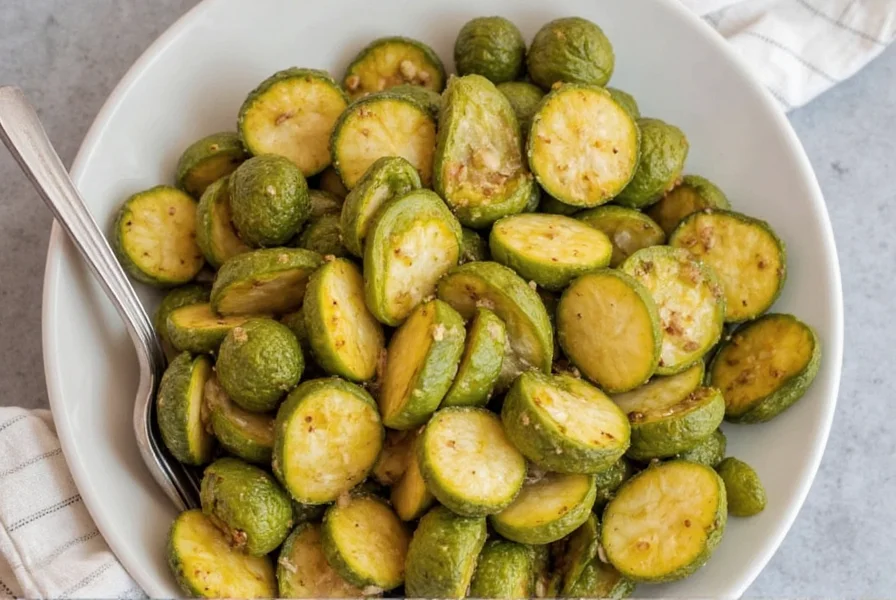
Your spices are only as good as how you store them. Once opened, many lose potency within six months. Here's how to extend their shelf life and keep your pickled Italian vegetables tasting restaurant-quality:
- Keep spices away from heat and light: Store in a cool, dark cabinet away from the stove.
- Airtight containers are key: Glass jars with tight lids prevent oxidation and moisture buildup.
- Label and date your spices: Knowing when you bought something helps avoid using stale ingredients.
- Buy in small quantities: Especially for infrequently used spices like fenugreek or saffron.
- Freeze certain dried chilies and herbs: For long-term storage, freezing keeps volatile oils intact longer.
| Spice | Whole | Ground | Best Storage Conditions |
|---|---|---|---|
| Fennel Seeds | 4 years | 2 years | Cool, dark place |
| Peppercorns | 3–4 years | 1 year | Airtight container |
| Mustard Seeds | 2–3 years | 1 year | Dry environment |
| Red Pepper Flakes | 2 years | 6–12 months | Dark pantry |
| Bay Leaves | 1 year | 6 months | Air-tight sealed bag |
How to Use Pickled Italian Veggies Like a Pro
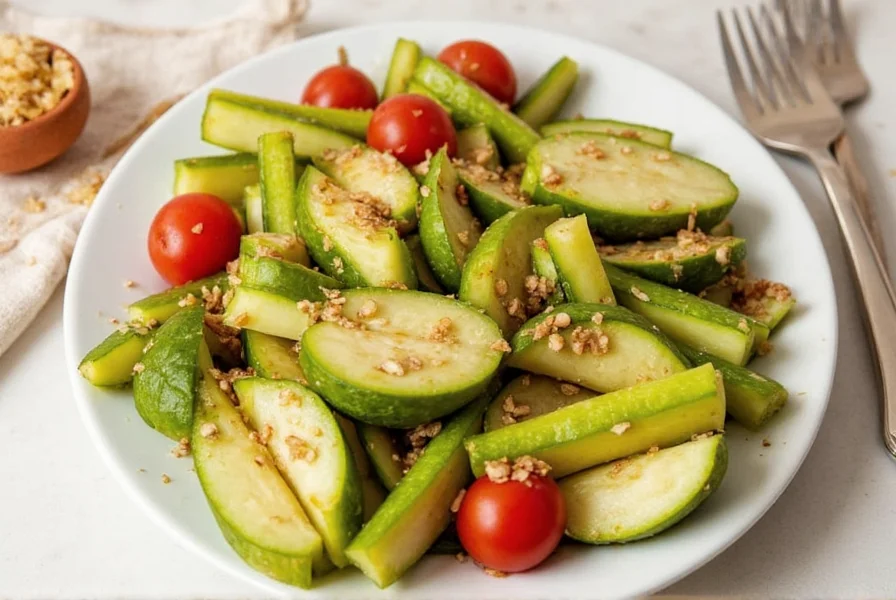
Once you've mastered your pickled Italian vegetables, the next question is: how do you use them best? Don't limit yourself to just snacking! Here are some creative and delicious ways to make the most of your batch:
- Antipasto Platter Staple: Arrange pickled veggies alongside cured meats, olives, and cheese for a classic Italian starter.
- Sandwich Upgrade: Top paninis, hoagies, or even burgers with a few slices for extra tang and crunch.
- Pasta Boost: Stir chopped pickled veggies into pasta sauces for a zesty twist.
- Pizza Perfection: Use pickled peppers or onions as a topping on white pizzas or gourmet flatbreads.
- Salad Enhancer: Dice and toss into grain salads or leafy green bowls for bold flavor contrast.
- Bruschetta Twist: Mix finely chopped pickled veggies with tomatoes and olive oil for a tangy summer topping.
- Stuffed Wrap Filling: Add to wraps or pita pockets for a punch of flavor and color.
Buying Guide: The Best Jars, Spices, and Tools

If you're serious about pickling and want consistently great results, investing in quality equipment makes all the difference. Here are our top picks across categories:
Jars & Containers
- Weck Jars: Perfect for vacuum-sealing and preserving freshness. Their clamps and rubber rings provide an airtight seal every time.
- Kilner Clip Top Jars: Sturdy glass with secure metal lids — excellent for storing pickles in the fridge or pantry.
- Ball Mason Jars: Budget-friendly and widely available. Ideal for beginners experimenting with pickling.
Spice Sets
- Spice Hunter Italian Herb Collection: Includes basil, oregano, marjoram, and rosemary in reusable glass bottles.
- Penzeys Pickling Spice Mix: A pre-mixed combo of coriander, cinnamon, allspice, and more for quick prep.
- Frontier Co-op Whole Spice Bulk Set: Offers maximum control over your blends — especially useful if you love customizing your pickling mixes.
Tools & Accessories
- Vegetable Chopper with Uniform Blade: Ensures consistent cuts for even brine penetration.
- Thermometer with Immersion Probe: Helps maintain the right brine temperature for optimal preservation.
- Stainless Steel Funnel: Prevents spills when pouring hot brine into jars.
- Label Maker: Keeps track of batches, dates, and spice combinations for future reference.
Frequently Asked Questions About Pickled Italian Vegetables
How long do homemade pickled Italian vegetables last?
When properly stored in airtight containers in the refrigerator, homemade pickled Italian vegetables typically last 3-4 months. The acidity of the vinegar acts as a preservative, but for best flavor and texture, we recommend consuming them within 2 months. Always use clean utensils when serving to prevent contamination that could shorten their shelf life.
What vegetables are traditionally used in Italian pickled vegetable mixtures?
Traditional Italian pickled vegetables (often called "verdure sott'aceto") typically include cauliflower, carrots, bell peppers, red onions, and celery. Some regional variations might include artichoke hearts, mushrooms, or eggplant. The key is using vegetables that maintain their texture during the pickling process while absorbing the flavorful brine.
What's the best vinegar for authentic Italian pickled vegetables?
White wine vinegar with 5% acidity is essential for authentic Italian pickled vegetables. It provides balanced acidity without overpowering flavors. Avoid distilled white vinegar which can create an overly sharp taste. For safety, always ensure vinegar meets food-grade standards.
How long should I wait before eating my homemade pickled vegetables?
For quick results, thinly sliced vegetables in warm brine can be ready in 4-6 hours at room temperature. However, for optimal flavor development, traditional Italian pickled vegetables benefit from 2-3 weeks of maturation in the refrigerator. The flavors continue to meld and improve over time, with peak taste typically reached at the 3-4 week mark.
Can I reuse pickling brine for multiple batches?
Yes, you can reuse pickling brine! Strain the old brine, store it in the refrigerator, and use it with new vegetables. Each reuse develops a richer, more complex flavor profile. However, after 3-4 reuses, the brine's acidity weakens, so it's best to start with a fresh batch at that point. Always inspect reused brine for any signs of spoilage before using.
What are the essential spices for authentic Italian pickled vegetables?
The essential spice blend for authentic Italian pickled vegetables includes garlic cloves, red pepper flakes, fennel seeds, black peppercorns, bay leaves, and oregano. Toasting whole spices like fennel seeds before adding them to the brine unlocks deeper flavors. A final drizzle of olive oil before sealing the jar also helps preserve flavor and adds richness to the final product.
Why are my pickled vegetables turning out mushy?
Mushy pickled vegetables usually result from overcooking or using the wrong brine method for the vegetable type. Hard vegetables like carrots benefit from a quick 1-2 minute steam before pickling, but over-steaming leads to mushiness. Delicate vegetables like onions and peppers should use the cold brine method to maintain their crunch. Also, using table salt with anti-caking agents can break down vegetable structure — kosher salt is recommended for best results.
What's the difference between hot brine and cold brine methods?
Hot brine is best for root vegetables and sturdy greens, resulting in softer texture with quicker absorption and stronger spice penetration. Cold brine works better for delicate items like onions and peppers, preserving a crunchier, fresher mouthfeel with more delicate flavor infusion. Choosing the right method for your vegetables is crucial for achieving the perfect texture and flavor balance in your Italian pickled vegetables.
Conclusion: Elevate Every Bite with These Tricks
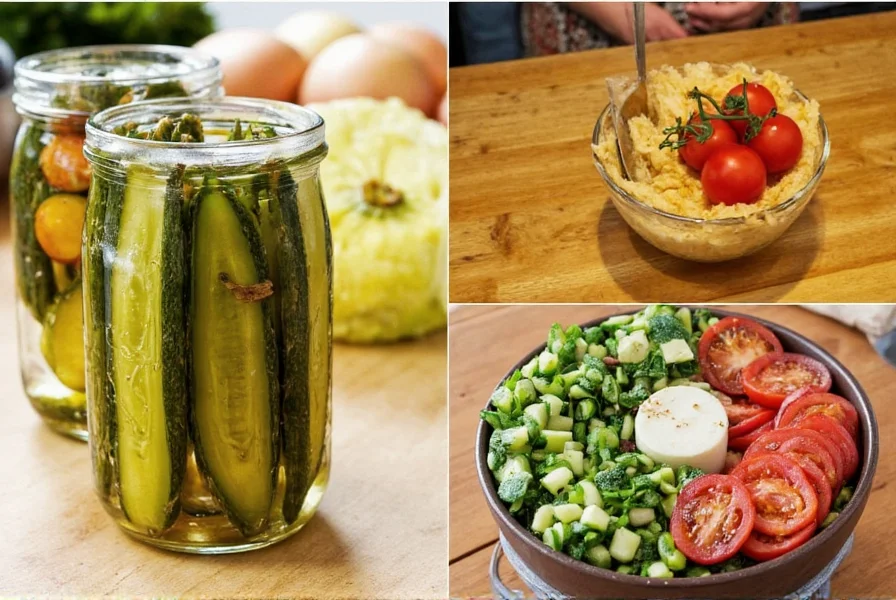
With these expert-approved hacks, you're now fully equipped to create flavorful, vibrant pickled Italian vegetables that stand out in both taste and presentation. Whether you're looking to spice up your daily meals or impress guests with an artisanal touch, mastering the art of pickling will open up a whole new world of culinary possibilities.
Remember: the secret lies in balancing your spices, choosing the right brine method, and keeping your pantry stocked with quality ingredients. So roll up your sleeves, gather your favorite veggies, and let your kitchen smell like Italy — one jar at a time!

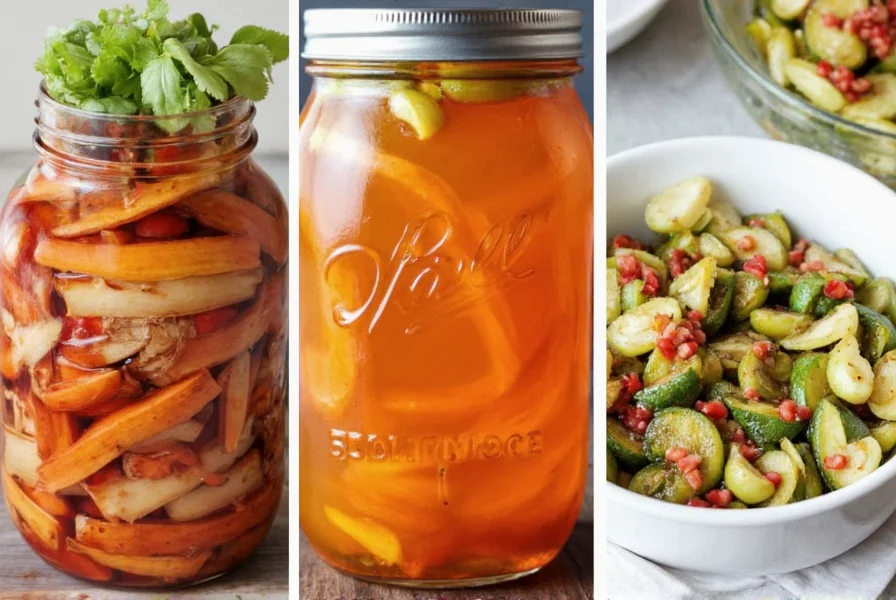









 浙公网安备
33010002000092号
浙公网安备
33010002000092号 浙B2-20120091-4
浙B2-20120091-4